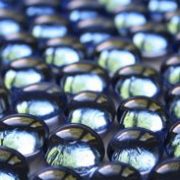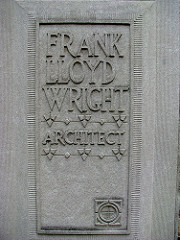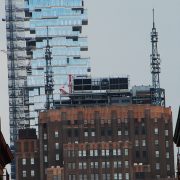Innovation in Glass Architecture
The glass industry has experienced a revolution bordering on a renaissance over the past few years. The introduction of new technologies has made it possible to mold glass in different ways, change the aesthetics through glass painting, and use it successfully in various applications ranging from construction to mobile phone technology.
The 2015 Glass Magazine winner in the Most Innovative Decorative Glass Project, Exterior Category, showed just how versatile glass is. The project, which was a joint effort between Zeilder Partnership Architects and Snohetta, proved that glass continues to be one of the most versatile construction materials available today.
The project
Zeilder Partnership Architects and Snohetta were faced with the challenge of providing Ryerson University with a student learning center that was not only aesthetically pleasing but also met the requirements for LEED certification. All this had to be achieved within the tight budget presented by the University in their tender.
The solution was to design a building with a printed glass façade. Over 5,000 square feet of the student center is covered with the glass façade. That is 60% of the building as opposed to the 40% that most LEED certified buildings have. This was made possible through the combination of various technologies:
- Triple-glazed glass
Most buildings make use of double-glazed glass for insulation. This project went a step further to use triple-glazed glass that provided even greater insulation, sound proofing, and reflective capabilities.
- Low-emissivity glass coating
The glass included a low-emissivity coating to minimize the amount of ultraviolet and infrared rays passing through it without compromising on the quality of visible light passing through.
- Digital ceramic in-glass printing
This allowed the architects to achieve a dramatic printed façade without affecting the overall design. The printing even contributed to the overall plan of the building design through increasing the energy efficiency of the student center. The ceramic printing was a key component in blocking UV light through the use of different opacities as well as being designed to work with the sun’s arc to capture an optimal amount of natural lighting.




